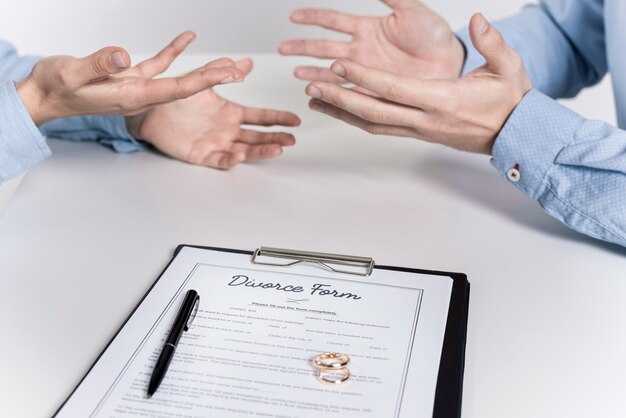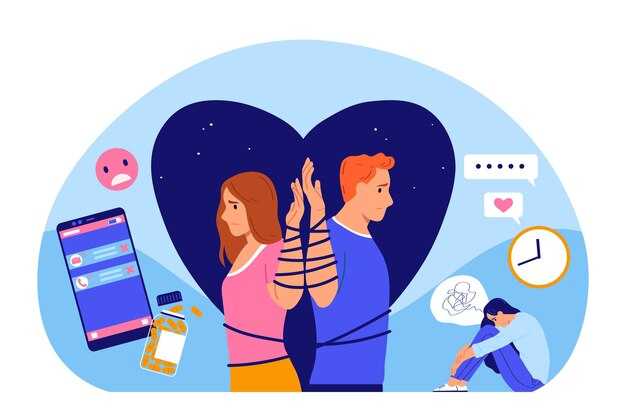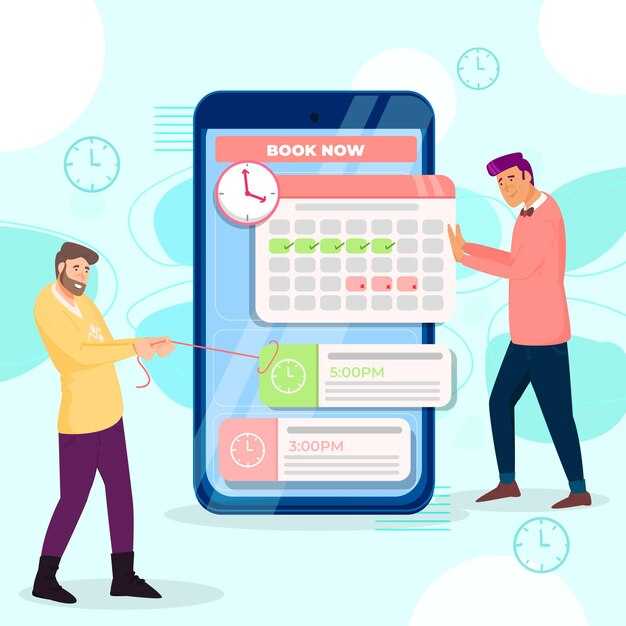One of the most eye-opening moments in my life came when I finally discovered that what I’d been living with has a name: complex PTSD. I’d always carried it, but until I learned that it was an actual condition I assumed I was just a strange, damaged person — someone who could be capable in many ways yet inexplicably failed at things most people find straightforward: staying focused and productive, calming down on command, feeling safely connected to others instead of snapping at those I love the most. I tried everything you’re supposed to try — therapy, exercise, more therapy, self-help books, 12‑step groups — but whenever something traumatic happened, any gains I’d made vanished, and I often ended up worse off than before I started trying to change. I blamed myself for years until I learned about complex PTSD. Do you know what that is? Complex post-traumatic stress disorder, commonly shortened to cPTSD, is the form of PTSD that can arise from prolonged, repeated stress — for example living in a war zone, being trapped in an abusive household, or enduring a life‑threatening medical condition that drags on without end. Those are examples, but in most cases cPTSD stems from sustained abuse, neglect, or intense childhood stress, which is the pattern I experienced. Like many people, childhood trauma also generated further traumatic events in adulthood that amplified my symptoms. It’s estimated that as many as one in seven people may have cPTSD, and if you’re watching this video there’s a real chance you might be among them. A formal diagnosis is something a therapist or doctor can make — not something to do online — but as someone with cPTSD who has studied it extensively and even written a book about the symptoms we carry into adulthood after childhood trauma, I can speak to what it feels like. I’ve documented the signs I’ve seen in myself and in others, and knowing them can be helpful even if you haven’t been diagnosed: each sign is a clue pointing to practical steps you can take right now to begin healing, whether or not you eventually see a professional. Recognizing that the difficulties you’ve faced are common responses to trauma can bring tremendous relief — validation that what happened to you wasn’t your fault and that the ways it shaped you weren’t something you could have prevented. And now you’re in a position to notice the signs and begin to heal. Below are many of those signs; some may surprise you because you didn’t realize they could be trauma‑related, and they might clarify why certain parts of life feel so hard. If you want to keep track, you can write them down, but to simplify things I’m making a downloadable PDF of these symptoms available at the end of the video so you’ll have a handy tool to explore further. Number one: do you struggle with attention, memory, or focus? These challenges are widespread, but they’re also classic adult symptoms of cPTSD. Children who are abused or neglected often show learning and concentration problems, difficulty sitting still, and those patterns commonly persist into adulthood. Many of us were shamed for not paying attention in school, as if we were deliberately misbehaving, and that shame often follows us into adult life, leading to self‑blame for difficulties that are in fact a consequence of chronic childhood stress. Intense, sustained stress during development changes the brain, so problems with learning, memory, and focus are normal responses to trauma. Number two: do you find yourself zoning out or going physically numb when faced with big decisions or conversations about feelings? That can be a sign of neural dysregulation — periods when the nervous system slips out of sync and impairs many bodily functions. Everyone becomes dysregulated at times, but for people affected by early trauma these episodes can be more frequent, more intense, and harder to recover from. Think of it as an injury to the nervous system that began as a survival strategy: a child’s brain shuts down awareness to protect itself from horrors it cannot face. That shutdown is brilliant for survival in the moment, but it becomes a problem when it persists into adulthood. In moments of crisis or when you need to make an important decision, losing access to clear reasoning is the last thing you need, yet that’s exactly what dysregulation can do. Researchers can observe this in brain scans: under stress, brainwaves and vital signs fall out of their usual coordinated patterns — like a dog running across piano keys, producing clangs instead of music. If you’ve experienced dysregulation, you know how disorienting, numb, flustered, or irritable it can feel when a trigger strikes. Number three: do you have difficulty regulating strong emotions, blowing up into anger or collapsing into sadness in ways that seem out of proportion? That’s emotional dysregulation, and while it isn’t exclusive to cPTSD it is very common among those who were traumatized as children. Typical triggers include criticism, perceived rejection, judgment, exclusion, pressure, or shame. In people with trauma histories, stress often lights up the right frontal cortex — the emotional center — while suppressing the left frontal cortex, which normally helps reason things through and calm emotional responses. When the left side is quiet, reasoning diminishes, feelings surge, and overreactions follow. These spikes can occur with anger, exhilaration, or intense experiences like falling in love: the emotional dial climbs unchecked and it can be hard to turn it back down. Sometimes after a major upset you may swing the other way and feel numb or empty — emotion spikes followed by flatlines — which can be deeply confusing and painful for both you and the people who care about you, and it often sparks conflicts. Number four: do you experience more than your fair share of disputes with family, friends, or colleagues? Emotional dysregulation inflates everyday disagreements, and if you grew up without reliable role models, love, or guidance — either neglected or harshly punished — ordinary interpersonal tensions can loom as catastrophes. That’s why relationships involving traumatized people are so often damaged or broken, creating a pain‑filled life of loss that leaves many of us terrified of attachment and convinced we’ll ruin connections if we try. Number five: do you avoid social events because being around people feels too triggering? That withdrawal can be conscious — not making friends, skipping groups, avoiding dating — or you may show up but keep others at arm’s length. Either way, this explains why so many people with cPTSD feel isolated even in company, and why some retreat into solitude as the only way to protect themselves. My next book focuses on rebuilding the capacity to connect with others in healthy ways, and I teach connection skills in my online Connection Boot Camp — you can find details in the description under this video and on my website at crappychildhoodfairy.com, where there are many resources. Number six: does the fear of abandonment or being alone keep you stuck in harmful relationships? This is a powerful trap for many of us — we stay far longer than we want because the panic and depression surrounding endings seem unbearable. The dread of separation can override better judgment and keep us attached to situations that erode our wellbeing. Number seven: do you gravitate toward unavailable, destructive, or abusive partners and friends? This isn’t a moral failing; it’s linked to dysregulation. Intimacy causes stress, stress triggers dysregulation, dysregulation impairs judgment, and that can lead you to bond with people who are unhealthy or incapable of caring for you. That’s one way trauma perpetuates itself across generations. You might look back and be harsh with yourself over past choices, but in many cases those choices weren’t really conscious decisions at all — cPTSD can cloud awareness and judgment until problems become obvious only after you’re deep into a relationship. The good news is you can learn to heal, develop strategies to slow that cycle, and build stronger boundaries. Number eight: have you struggled with depression, anxiety, or other mental health issues? While these conditions can affect anyone, they’re among the most common outcomes of early trauma and often coexist with other signs. Number nine: do you rely on cigarettes, food, alcohol, drugs, gambling, or online content in an addictive way? These behaviors can temporarily soothe intense dysregulation — they offer short‑term regulation even though they ultimately worsen things. Number ten: are you overweight or do you struggle with overeating? Childhood trauma can alter metabolism and the hormones that control appetite and cravings, which helps explain why many trauma survivors face ongoing challenges with certain foods or stopping once they start eating. Number eleven: do you have unexplained physical health problems with no clear cause? Early trauma is linked to higher rates of many medical conditions — from chronic migraines and immune issues to diabetes, heart disease, and even cancer — so if your body is paying a price for past trauma, that’s another reason to take healing seriously and invest in compassionate self‑care. All the signs I’ve described so far are hard realities, and for many people these patterns are what sparks the desire to heal. For me and for many of my students, the biggest motivator was the next sign. Number twelve: do you feel inexplicably disconnected from other people and from groups? That sense of separateness is one of the cruellest consequences of childhood abuse and neglect — a deep feeling of being cut off and alone. It’s important to know this is a common response to trauma, not a personal defect. While cPTSD isn’t described as something that disappears overnight, professional help combined with daily strategies and practical tools can dramatically reduce triggers and help you reclaim more of your life. I promised you wouldn’t have to take notes alone, so I’ve listed several resources in the description and put all the symptoms from this video into a free PDF you can download right here. Take that as an invitation to begin learning and acting with care: healing is possible, and you don’t have to go through it in isolation. I’ll see you very soon.



 Señales de que un trauma temprano te afecta ahora">
Señales de que un trauma temprano te afecta ahora">

 ¿Qué Hacer Cuando la Mentira Compulsiva Está Destruyendo Tu Vida">
¿Qué Hacer Cuando la Mentira Compulsiva Está Destruyendo Tu Vida">
 Divorce Questionnaire Funny || Relationship Exit Interview">
Divorce Questionnaire Funny || Relationship Exit Interview">
 THIS is what makes you a BAD partner!">
THIS is what makes you a BAD partner!">
 Top 5 Reasons Kind People Stay In Toxic Relationships | Mel Robbins Motivation speech #motivation">
Top 5 Reasons Kind People Stay In Toxic Relationships | Mel Robbins Motivation speech #motivation">
 Relationships END when we refuse to ask THIS">
Relationships END when we refuse to ask THIS">
 Why Emotionally Healthy People NEVER Do This When They’re Upset">
Why Emotionally Healthy People NEVER Do This When They’re Upset">
 ¡Esperé DEMASIADO tiempo para ir a terapia!">
¡Esperé DEMASIADO tiempo para ir a terapia!">
 Keep God out of Relationships.Right?">
Keep God out of Relationships.Right?">
 5 Trauma Habits That Are Secretly Ruining Your Life">
5 Trauma Habits That Are Secretly Ruining Your Life">
 Scheduling “Intimacy” Agree or Disagree?">
Scheduling “Intimacy” Agree or Disagree?">